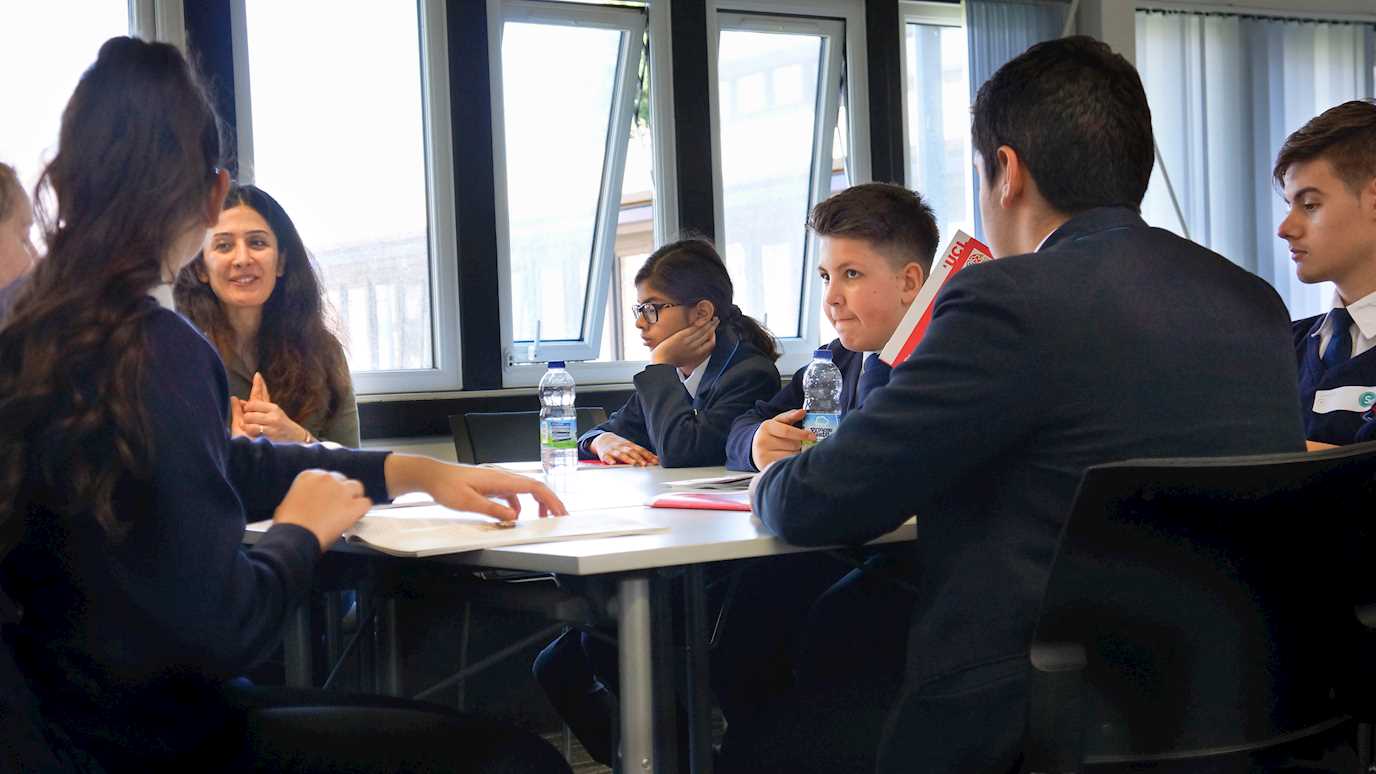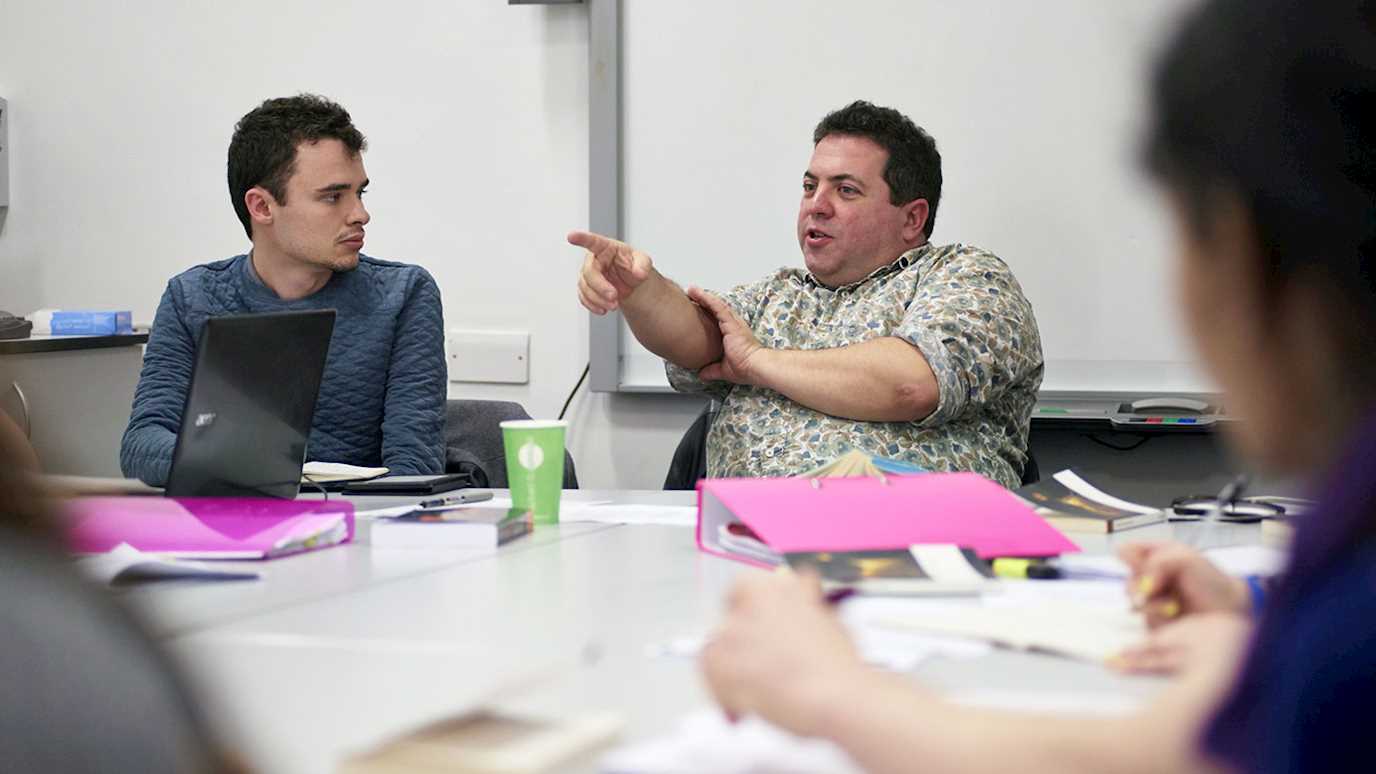Key Points
- Scars Upon My Heart. Its place in anthologies of WW1 poetry. A pioneering work which opened the way for feminist reformation of the canon of war poetry.
- Women’s right to speak. To articulate and give meaning to their non-combatant or civilian experience just as the soldier-poets articulated and gave meaning to their experience of combat in the trench lyric. The debate within literary criticism: combat gnosticism (as defined by James Campbell, see Further Reading below) v. civilian experience of war.
- What does this edition offer the reader? [preface by Judith Kazantzis; introduction by the editor Catherine Reilly; acknowledgements – textual sources; 79 poets arranged alphabetically by last name; list of biographical entries]. Each section offers a wealth of material for analysis, and each section illuminates the others. Are there other ways of ordering the poems within the anthology? (eg by date of composition, by theme). How was it received? Published Virago the most important feminist press of the 1970s and 1980s, which greatly assisted canon-reformation by making texts by women available to general readers. Virago also re-published Vera Brittain’s Testament of Youth in this period.
- Stereotypes of women in time of war: to what extent does this anthology contest or affirm these stereotypes? A. men bear arms, women bear children. B. Masculinity defends the feminine - war heightens this polarisation of gender. C. Edwardian women, rendered passive by their lack of full citizenship because unable to vote, were culture-bearers within the family, guardians of the nation’s morals, symbols of the nation. D. Men are active, women are passive. E. men are rational, women are emotional. F. Fallen men are heroes, fallen women are whores.
- Two suggested ways of reading the anthology. Within the represented multiplicity of experience and political perspective we can
- Look for common forms and themes (eg polarisation of gendered experience, contrast between rhythms of nature and events of war, the challenges of non-combatant experience, home and away, valorisation of the domestic sphere, compassion for the wounded and fallen, positive social opportunities for women)
- Discuss individual poems and find out more about the poetry published by individual poets.
Further Reading
- Claire Buck, ‘British women’s writing of the Great War’, Cambridge Companion to the Literature of the First World War, ed. Vincent Sherry (Cambridge: Cambridge University Press, 2005), pp. 85-112 https://doi.org/10.1017/CCOL0521821452.005
Buck surveys women writers of this era by genre: poetry, drama and prose. The first section of her essay examines women’s war poetry and offers dynamic readings of many of the poems printed in Scars Upon My Heart, drawing out shared themes, commenting on competing political viewpoints and styles. Her remarks are often embedded in biographical vignettes or political context.
- Claire Buck, ‘Reframing Women’s War Poetry’, Cambridge Companion to Twentieth-Century British and Irish Women's Poetry, ed. Jane Dowson (CUP 2011), pp. 24-41 https://doi.org/10.1017/CCOL9780521197854.003
This is a chapter about women’s poetry of war across the twentieth century which includes incisive analyses of several poems printed in Scars Upon My Heart.
- James Campbell, ‘Combat Gnosticism: The Ideology of First World War Poetry Criticism’, New Literary History, 30.1 (1999), 203-14 http://muse.jhu.edu/article/24440
An important article which critiques the way in which literary criticism has privileged the authority of the soldier-poet’s experience of war as the primary measure of aesthetic virtue and truth telling (identified as ‘combat gnosticism’), as well as the long exclusion of women from the canon of war poetry which this tradition has occasioned. Fine close readings of the Wilfred Owen’s ‘Strange Meeting’ and ‘Dulce et Decorum est’.
- Margaret R. Higonnet, ‘Women’s Poetry of the First World War’, Cambridge Companion to Poetry of the First World War, ed. Santanu Das (Cambridge: Cambridge University Press, 2013), pp. 185-197 https://doi.org/10.1017/CCO9781139087520.019
Higonnet surveys feminist scholarship of the subject and illustrates her reading of the value of women’s war poetry by close interpretation of four contrasting poets, all of whom are represented in Scars Upon My Heart: Charlotte Mew (1869–1928), Eleanor Farjeon (1881–1965), Rose Macaulay (1881–1958) and Margaret Postgate Cole (1893–1980).
- Nosheen Kahn, Women’s Poetry of the First World War (London: Harvester, 1988)
The first thorough-going book length study of the subject, still highly regarded by scholars today.
- Anne Varty, ‘Scars Upon My Heart’, English Review, 28:4 (April 2018), pp. 2-5
Situates the publication of Scars Upon My Heart in the British feminist movement of the 1970s, notes its groundbreaking influence on received ideas of ‘war poetry’, and explores how important it is for today’s readers to hear women’s previously silenced voices from this pre-suffrage era.
- Anne Varty, ‘Women’s Poetry in First World War Anthologies and Two Collections of 1916’, Women’s Writing. Special Edition Women’s Writing and WW1, ed. Emma Liggins and Liz Nolan. DOI 10.1080/09699082.2016.1233772. October 2016
Reflects on the increasing under-representation of women in anthologies of First World War poetry compiled after WW1, and considers the competing literary values of anthologies and single-author collections. Examines two contrasting collections both published in 1916, one by the previously unknown woman poet W. J. Cameron, the other by the well-known pacifist Lady Margaret Sackville.
- Anne Varty, ‘Jessie Pope: Jingoist War Poet or Journalist?’, Emagazine Issue 84 (April 2019), pp. 42-44
Situates the call-to-arms and apparent jingoism of Pope’s poetry within the context of its first publication, the Daily Mail and the Daily Express. It argues that her poems are first responses to unfolding events of the war, engaged in rallying morale at the front as well as at home. It looks at how Pope inherited the ideology of Empire from the Victorians, her enthusiasm for the Boy Scouts movement, and considers whether her gender has conditioned critical responses to her apparent support for combat.
Web Links
- Oxford University offers a comprehensive range of resources to further the understanding of the First World War at http://ww1centenary.oucs.ox.ac.uk/resource-library/
- It includes an article by Tim Kendall (University of Exeter), ‘Combat Gnosticism and the Woman Poets’: http://ww1centenary.oucs.ox.ac.uk/memoryofwar/combat-gnosticism-and-the-woman-poets-of-the-first-world-war/
- All five episodes of the 1979 BBC mini-series of Vera Brittain’s Testament of Youth can be watched on YouTube. Contemporaneous with Scars Upon My Heart, this mini-series contains much war poetry in line with Brittain’s own use of poetry throughout her autobiography. https://www.youtube.com/watch?v=NUaNuP82y3M
- The British Library offers excellent online resources on the Poetry of World War I. See for example the article by Santanu Das, ‘Reframing First World War Poetry’, a wide-ranging and stimulating piece which contains commentary and documentary evidence about Jessie’ Pope’s War Poems (1915) from which Catherine Reilly selected ‘The Call’ and ‘Socks’ for Scars Upon My Heart: https://www.bl.uk/world-war-one/articles/reframing-first-world-war-poetry
- For an enthusiastic, eclectic, amateur blog run by Lucy London about women poets of WW1 visit: http://femalewarpoets.blogspot.com/ You will find many biographical entries, poems, and photographs or images. This could be a starting point for students to make their own inquiries about the profiles of women whose work appears in Scars Upon My Heart. Always worth checking against the Dictionary Of National Biography.
- There are two very useful websites for the study of poetry, which includes war poetry by women. These are Poetry Archive and The Poetry Foundation. Poetry Archive hosts the Poetry by Heart schools competition in recitation. This contains a showcase of World War 1 poets, both men and women: http://www.poetrybyheart.org.uk/first-world-war-poetry-showcase/
- Poetry Foundation offers a selection of biographical information and poems, searchable by individual poet. See for example the search results on Poetry Foundation for Jessie Pope: https://www.poetryfoundation.org/search?query=jessie+pope
'Emily’s Dream': A resource for teaching Scars Upon My Heart
The historical context of Scars Upon My Heart is so dominated by the narrative of the soldier poets of WW1 that it is difficult to offer a compelling alternative context for the representation of women’s wartime experience.
Yet when, at the end of 2018, two centenaries converged - the first British General Election in which women could vote (14 December 1918), and the end of WW1 (11 November 1918) - a new focus arrived for the reassessment of the context in which the poems collected in Scars Upon My Heart were written. The double commemoration gave the chance to shift contextual emphasis away from military campaigns towards suffrage campaigns.
‘Emily’s Dream’ presents the poetry of Scars Upon My Heart as both an instrument in the suffrage campaign and an expression of it by collaging phrases and slogans from nine different poems in the anthology. Narrated by the ghost of Emily Wilding Davison, ‘Emily’s Dream’ superimposes the military context of these poems with that of the campaigns for women’s suffrage. It emphasises the activism of women poets who spoke out in public at a time when they did not have the rights of citizenship yet when the State made huge demands of them.
It is designed to open debate rather than to tell a closed story, and it is designed to arouse curiosity about the poetry.
Performance
Emily’s Dream was written by Professor Anne Varty and performed by Year Eight Classics Students, 2018 as part of Women's Suffrage Celebration Day, 14 December 2018, organised by the Rumble Museum at Cheney School, Oxford. The day was arranged by Dr Lorna Robinson, Director of The Iris Project & Rumble Museum.
Emily was performed by Averil Tallack, Heather Chapman and Bella Goff.
Workshop
Emily's Dream was workshopped on the day by Caitlin Carrick-Varty, supported by Dr Deana Rankin and Professor Anne Varty. The spectating suffragette is Philippa Bilton.
Filming by Kieran Burling.
Suffrage and WW1 Women’s Voices: TeacherHub Forum Lecture
Lecture by Professor Anne Varty, TeacherHub Annual Forum 2018
Click here to find out more about our TeacherHub Forum days
Downloadable Resources
Vera Brittain, Verses of a V. A. D. (London: Erskine MacDonald, 1918)
http://www.gutenberg.org/ebooks/51907
Rose Macaulay, Non-Combatants and Others (London, New York, Toronto: Hodder and Stoughton, 1916)
























